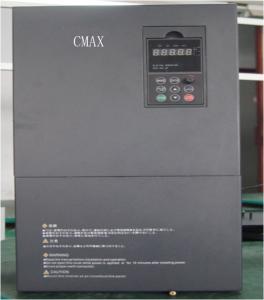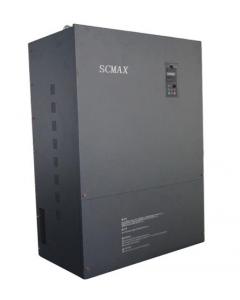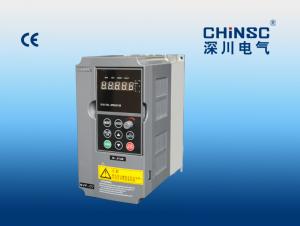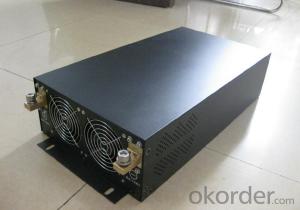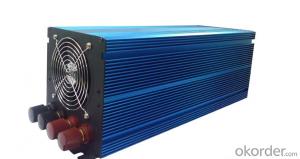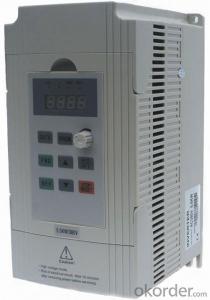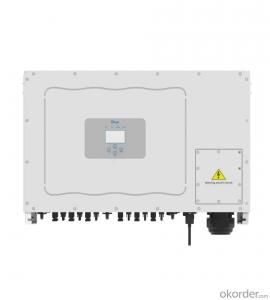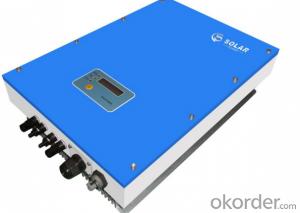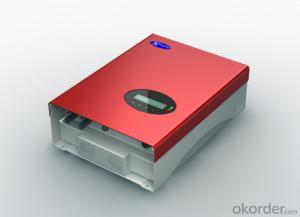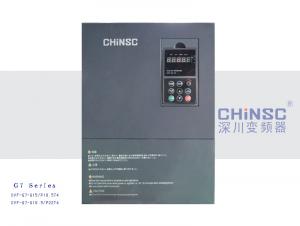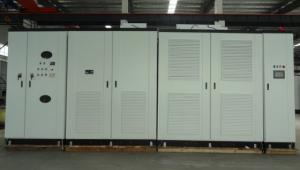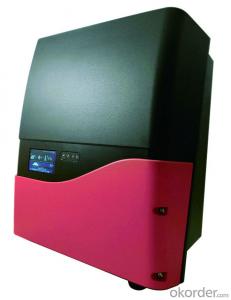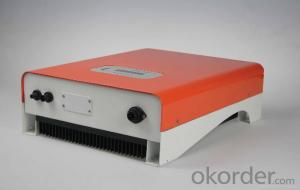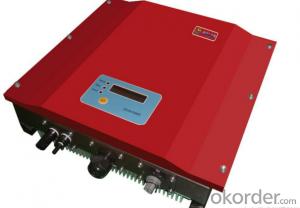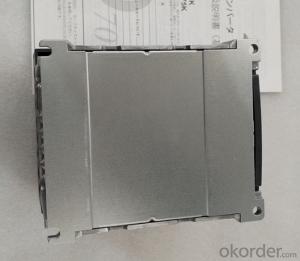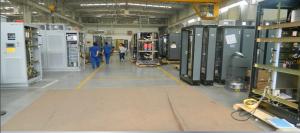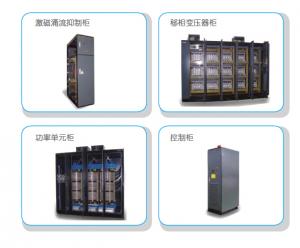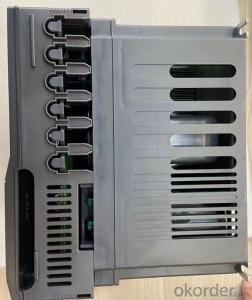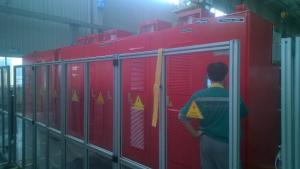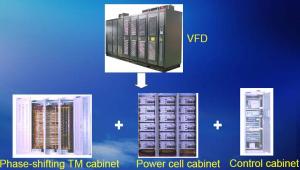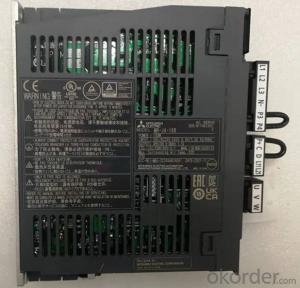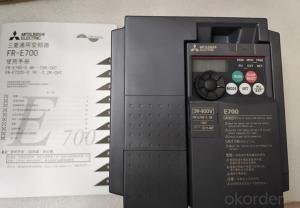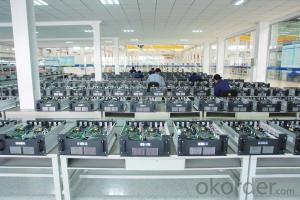3 Phase Inverter Solar
3 Phase Inverter Solar Related Searches
3 Phase Solar Inverter Solar 3 Phase Inverter 3 Phase Solar Power Inverter Solar Inverter 3 Phase 3 Phase Solar Battery Inverter Solar Power 3 Phase Inverter 3 Phase Hybrid Solar Inverter 3 Phase Solar Hybrid Inverter 3-Phase Solar Inverter Three Phase Solar Inverter 3 Phase Solar Micro Inverter 3 Phase Solar Pump Inverter Hybrid Solar Inverter 3 Phase China 3 Phase Solar Inverter 3kw Inverter Solar Best 3 Phase Solar Inverter 3 Phase Solar Inverter Price 3kw Solar Inverter Solar 3 Phase Inverter Price Solar Edge 3 Phase Inverter 3 Kilowatt Solar Inverter 3ph Solar Inverter Abb 3 Phase Solar Inverter 3kv Solar Inverter Solar Inverter 3kva 3kva Solar Inverter Solar Inverter 3 Kw 3 Kva Solar Inverter 3 Mppt Solar Inverter 3kw Solar Hybrid Inverter3 Phase Inverter Solar Supplier & Manufacturer from China
3 Phase Inverter Solar products are a crucial component in modern renewable energy systems, providing a reliable and efficient way to convert solar energy into usable electrical power. These inverters are specifically designed to handle the demands of solar panel arrays and ensure a seamless integration with the electrical grid or backup power systems. They play a vital role in harnessing the power of the sun and making it accessible for various applications.The application and usage scenarios of 3 Phase Inverter Solar products are vast, ranging from residential rooftop installations to large-scale commercial and industrial solar power plants. They are also commonly used in off-grid systems, providing a sustainable power source for remote locations or backup power during grid outages. These inverters are essential in ensuring the stability and reliability of solar energy systems, making them a popular choice for both new installations and upgrades to existing setups.
Okorder.com is a leading wholesale supplier of 3 Phase Inverter Solar products, boasting a large inventory that caters to the diverse needs of customers worldwide. With a commitment to quality and customer satisfaction, Okorder.com offers a wide range of inverters from top manufacturers, ensuring that clients have access to the latest technology and the best performance in the market. Their extensive selection and competitive pricing make them a go-to source for anyone looking to invest in reliable and efficient solar power solutions.
Hot Products
